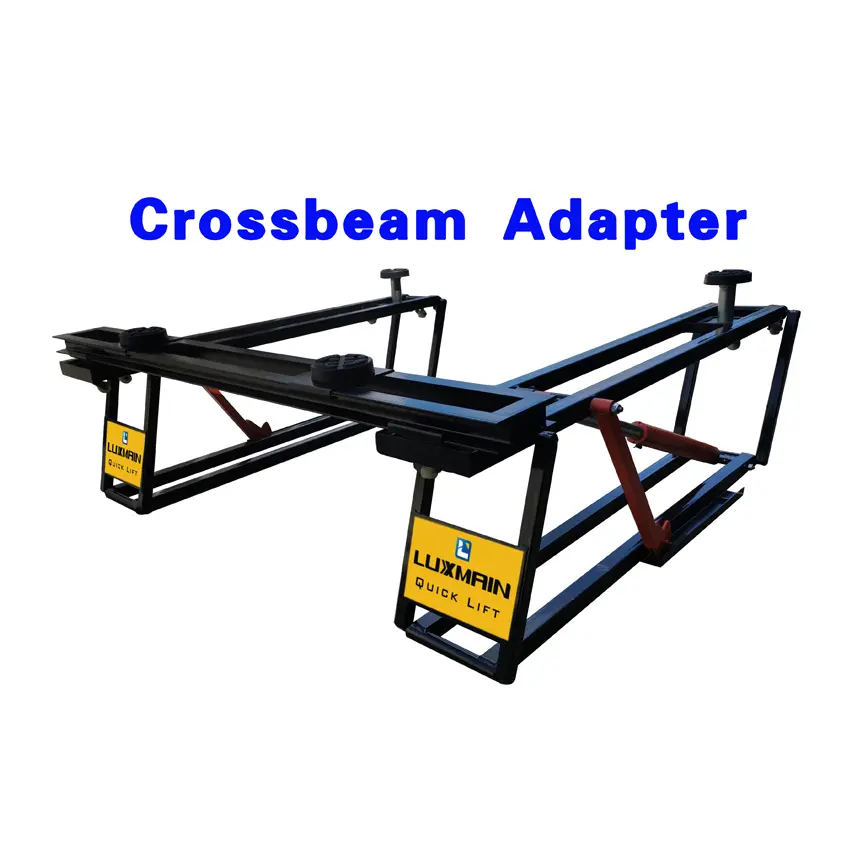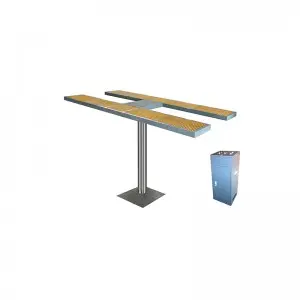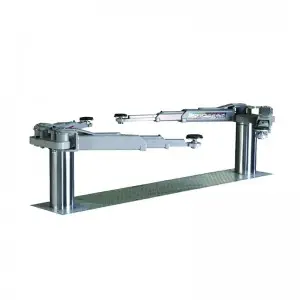Amid the global call to reduce carbon footprint, there is a rising demand for electric vehicles (EVs), which are deemed as more environmentally friendly than their fossil fuel-driven counterparts. However, the popularity of EVs also creates new challenges, one of which concerns their batteries.
The batteries used in EVs are known as new energy vehicle (NEV) batteries, and they are typically larger and heavier than those used in conventional cars. As such, handling and maintaining NEV batteries require specialized equipment and procedures.
One key piece of equipment for NEV batteries is the battery lift, a device designed to lift and move heavy batteries. Standard battery lifts, however, are not tailored to the needs of NEV batteries, which can weigh up to a few hundred kilograms. In recent years, several companies have started to develop specialized NEV battery lifts to address this issue.
Among them is Konecranes Lifttrucks, a Finnish manufacturer of material handling equipment. Konecranes Lifttrucks has launched a new range of NEV battery lifts that are specifically designed for use in the EV industry. The lifts are capable of handling batteries weighing up to 1,500 kilograms and are equipped with features such as automatic width adjustment, which allows them to accommodate different battery sizes, and LED lights to enhance visibility.

Revolutionizing Electric Vehicle Industry with New Energy Vehicle Battery Lift
Another company that offers specialized NEV battery lifts is Raymond Corp., a US-based material handling equipment manufacturer. Raymond’s NEV battery lift, called the iBattery, is designed to transport and lift batteries weighing up to 900 kilograms. The device features a unique roller bed design that enables operators to easily move batteries in and out of EVs.
The development of NEV battery lifts is crucial to ensure safe and efficient handling of EV batteries, which are central to the performance and reliability of EVs. With the rising demand for EVs, it is expected that the market for NEV battery lifts will continue to grow.
Apart from specialized equipment, there is also a need for standardization of NEV battery handling procedures. The International Electrotechnical Commission (IEC) has developed a set of guidelines for the safe handling of EV batteries, which includes recommendations for lifting and transporting NEV batteries. Following these guidelines can reduce the risk of accidents and damage to NEV batteries.

Revolutionizing Electric Vehicle Industry with New Energy Vehicle Battery Lift

Revolutionizing Electric Vehicle Industry with New Energy Vehicle Battery Lift
In conclusion, the rise of EVs has spurred the development of specialized equipment such as NEV battery lifts. These devices are essential to ensure the safe and efficient handling of NEV batteries, which are integral to the performance and reliability of EVs. As the market for EVs continues to grow, the demand for NEV battery lifts is expected to increase, along with the need for standardized handling procedures.Quick Lift
